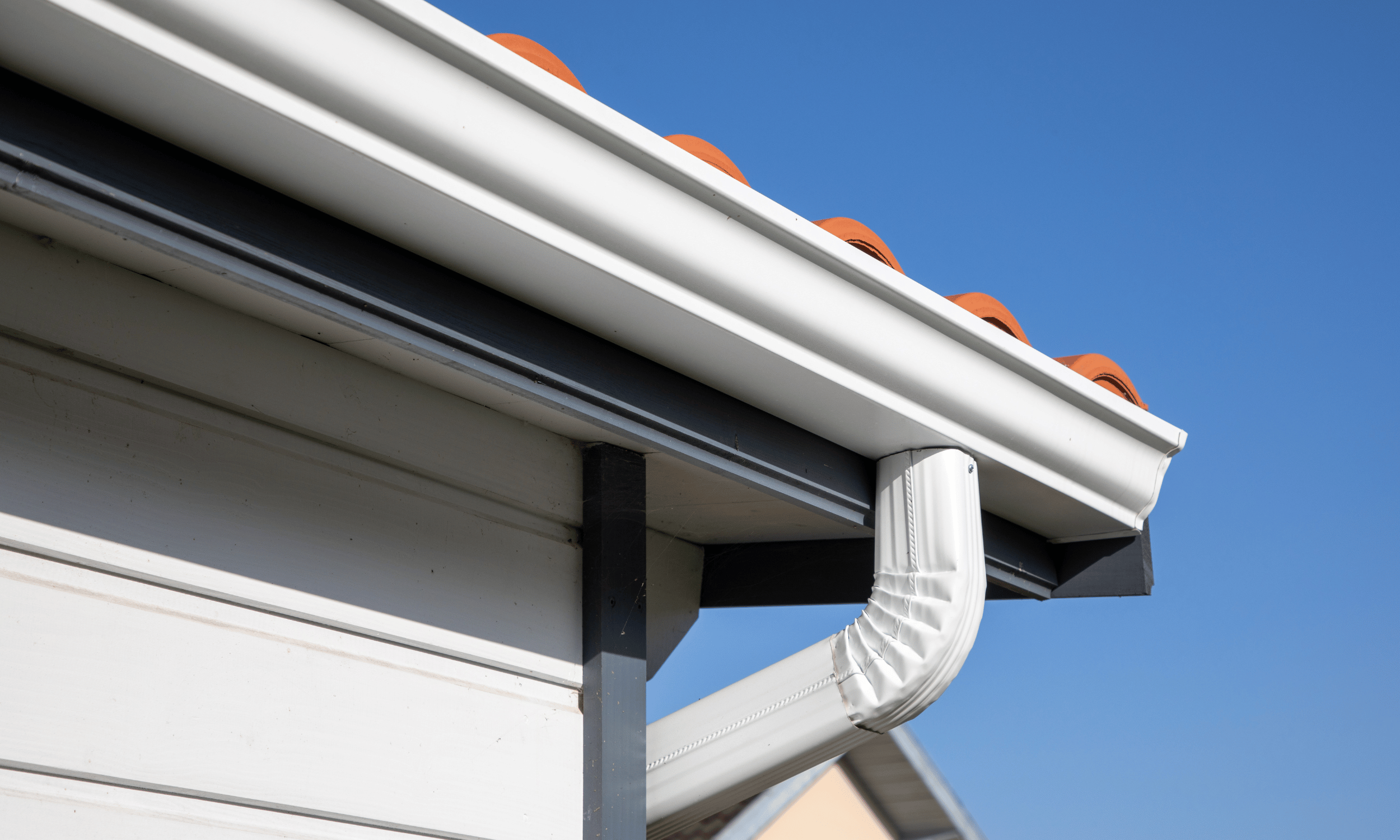How to Choose the Right Gutter System for Your Home
When it comes to protecting your home from water damage, selecting the right gutter system is essential. The right choice will ensure efficient drainage, prevent foundation issues, and minimize maintenance. With so many materials, styles, and installation options available, it can be overwhelming to determine what works best for your home. In this guide, we’ll break down the key factors to consider when choosing gutters.
Understanding Your Home’s Drainage Needs
Before selecting a gutter system, evaluate your home’s drainage requirements. Consider your region’s climate, the slope of your roof, and the amount of rainfall your area receives. Homes in regions with heavy rainstorms may require larger capacity gutters to handle increased water flow, while homes in drier climates might need a simpler system with minimal maintenance requirements.
Choosing the Right Gutter Material
Gutters come in various materials, each with its own set of benefits and drawbacks. Here’s a breakdown of the most common options:
Aluminum Gutters – Lightweight, rust-resistant, and available in a variety of colors. A great all-around choice for most homes.
Copper Gutters – Known for their durability and aesthetic appeal. They develop a beautiful patina over time but come at a higher cost.
Vinyl Gutters – An affordable option that is easy to install. However, they may not be as durable in extreme temperatures.
Steel Gutters – Strong and resilient, making them ideal for areas prone to heavy snow and rain. However, they can be prone to rust over time.
Zinc Gutters – A premium option with an extended lifespan. These require professional installation but offer excellent longevity.
Consider your budget, aesthetic preferences, and climate when deciding which material best suits your home.
Seamless vs. Sectional Gutters
One of the most important choices homeowners face is whether to install seamless or sectional gutters.
Seamless Gutters – Custom-cut to fit your home, reducing the risk of leaks. These require professional installation but offer better performance and durability.
Sectional Gutters – Sold in pre-cut sections and easier to install as a DIY project. However, they have joints that may lead to leaks over time.
For homeowners looking for long-term reliability, seamless gutters are often the best investment.
Selecting the Best Gutter Size and Shape
Gutters come in different sizes and shapes, commonly referred to as profiles. The most popular styles include:
K-Style Gutters – The most common type, featuring a decorative front that mimics crown molding. These have a high water capacity and are suitable for most homes.
Half-Round Gutters – Often found on historic or high-end homes, they have a more traditional look but hold less water than K-style gutters.
Box Gutters – Typically used on commercial buildings or larger homes, these gutters handle heavy water flow efficiently.
Standard gutter sizes range from 5 to 6 inches, but larger options are available for areas with heavy rainfall.
Downspouts and Proper Water Flow
Downspouts play a critical role in directing water away from your home. Consider the number of downspouts needed based on the size and slope of your roof. Ensure they extend at least 6 feet away from your home’s foundation to prevent water damage and soil erosion.
If you live in an area prone to heavy storms, consider adding splash blocks or underground drainage solutions to manage excess runoff.
Additional Features to Consider
To enhance the performance and longevity of your gutter system, you may want to incorporate the following features:
Gutter Guards – Prevent debris buildup and reduce the frequency of cleaning.
Heated Gutters – Ideal for colder climates to prevent ice dams.
Rain Chains – A decorative alternative to traditional downspouts, guiding water down aesthetically pleasing chains.
Professional Installation vs. DIY
If you’re experienced with home improvement projects, you may be able to install sectional gutters yourself. However, professional installation is recommended for seamless gutters, larger homes, or complex roof designs. A professional installer ensures proper slope, secure attachment, and optimal water flow.
Final Thoughts
Choosing the right gutter system is an important decision that affects your home’s long-term protection. Consider factors such as material, size, style, and additional features to find the best fit for your needs. Whether you opt for a DIY installation or hire a professional, a well-chosen gutter system will keep your home safe from water damage for years to come.

